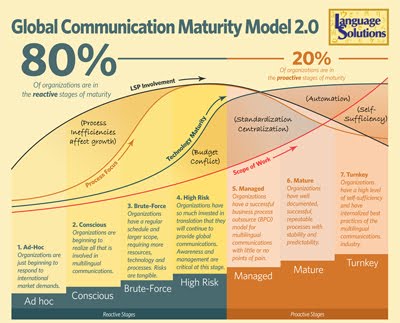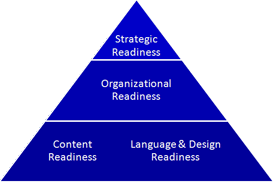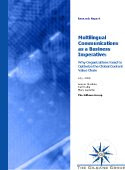We call these "moments of truth" and how a company interacts with the customers can significantly increase (or decrease) the long-term viability of that relationship. Identifying and anticipating those points of clarify is critical to maintain and grow that customer relationship.
Here are our Moments of Truth for our customers. Do you know yours?
Our 5 Critical Customer Experiences - Moments of Truth
The "Make me look good" Moment - Precision you can count on...
That moment where we are able to help a client out by finding something that should be corrected in their source materials and that they may have missed themselves and it is critical to the project. This may be a typo, phrasing for clarification, formatting issues, etc. The "Make me look good" moment can also save the client on costs by finding issues that may have caused costly rework at the end.
This is often expressed by the client as "great catch!"
The "Make me feel important" Moment - Service you can count on...
Our clients know who their personal account manager is but can talk to anyone in our organization about their account and get answers and resolution. Whether you are a new customer, sporadic customer or frequent customer, our customer service is always the same. We realize that each company and person has unique requirements and we provide customer service based on those unique needs. No question is a stupid question.
This is often expressed by the client as "you treat me so good"
The "Show Me" Moment - People you can count on...
That moment where we can demonstrate our accountability for the accuracy of the work provided.
This may be during a client linguistic review process or
during a non-conformity in a project. This is where the trust in LSI is
challenged and we are able to retain or gain their trust though our processes
and/or detailed analysis.
This may be identified by clients in their own acknowledgement of their accountability in the process.
The "Dream Team" Moment - Passion you can count on...This may be identified by clients in their own acknowledgement of their accountability in the process.
That moment when our client can count on us to step in and become part of their team in a conference call, pre-project analysis, client meetings, etc. LSI recognizes that it is a privilege to be part of that team as well as the responsibility to share in the client's success. There are key experiences that lead to this moment: Personal friendships may be formed, the individual client may become a champion for our services in their organization, or the client has experienced personal growth/learning because of our support.
This may be identified by clients in their description of us "partners" or as "a part of us"
The "Maturation" Moment - Language you can trust...
That moment when our collaboration with the client has caused a shift in the client's opinion and the client places priority on the processes around translation. The client understands the importance of the process vs. translation itself. In this sense, the client can be integral in moving the company towards the next maturation stage on the Global Communications Maturity Model.















